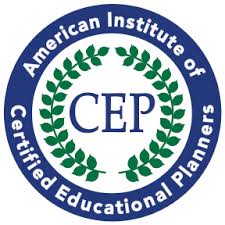In more “normal” times, students would construct their college applications with robust resumes and activities that reflected deep involvement and examples of venturing into new and unfamiliar places. For the graduating class of 2021, COVID presented challenges and opportunities when it came to demonstrating involvement. For the graduating class of 2022, applications will again look very different. And although the challenges may be diminished, they are still present.
-
What We Learned in 2021
Test optional policies broadened applicant pools and colleges created more diverse classes of students.
Applications rose significantly at more “elite” colleges while lesser-known colleges saw slight declines. As a result, admit rates from 2021 are erratic and somewhat unreliable.
Admission offices used the fall to “retrain” on the holistic reading process; as a result, decisions for the early rounds were often delayed as much as a month. The University of Michigan delayed notification and then deferred about 75% of its applicants. Some students are waiting until April 19 to know of the final decision.
Early decision applicants, particularly in the fall (November) round of Early Decision, were often rewarded for their commitment.
Demonstrating interest in a college could impact an admission decision in many instances. Virtual visits, emails, “following” on social media and attending high school-sponsored events mattered as colleges attempted to understand which applicants were truly interested.
The class of 2021 was asked to wait – over and over again, first with deferrals and now, with waitlists. Consequently, the application and decision process for many seniors may drag on through the early summer.
-
What We Expect in 2022
Test optional policies will continue at nearly all colleges, and many colleges will once again be flooded with applications.
Early Decision will provide an advantage for students, as some colleges are filling a high percentage of their class through this plan. Northeastern, for example, filled 65% of its class through early decision this year.
A lack of continuity in activities will not be penalized, as all students were unable to participate fully – or at all – in their normal activities. But COVID-related service and educational activities will be part of a student’s resume and activities page. How a student chose to spend his or her time during COVID quarantining will also be assessed.
It will not be unusual for a student to ask for recommendations from sophomore year instead of or in addition to junior year teachers, as students did not have many opportunities to get to know teachers well this past school year. We are sharing the grid of qualities that are part of the recommender’s form with all of our students.
An applicant’s character will be assessed through essays, activities and recommendations. Many colleges, especially smaller ones (but also including NYU and the University of Oregon) are reading for traits that include integrity, maturity, curiosity, and initiative.
High schools are being asked to include information on their school profiles (shared with colleges) regarding the school day: specifically, how much of the instruction was virtual, hybrid, or in-person. This information is important as colleges assess the validity of grades.



Leave a Reply